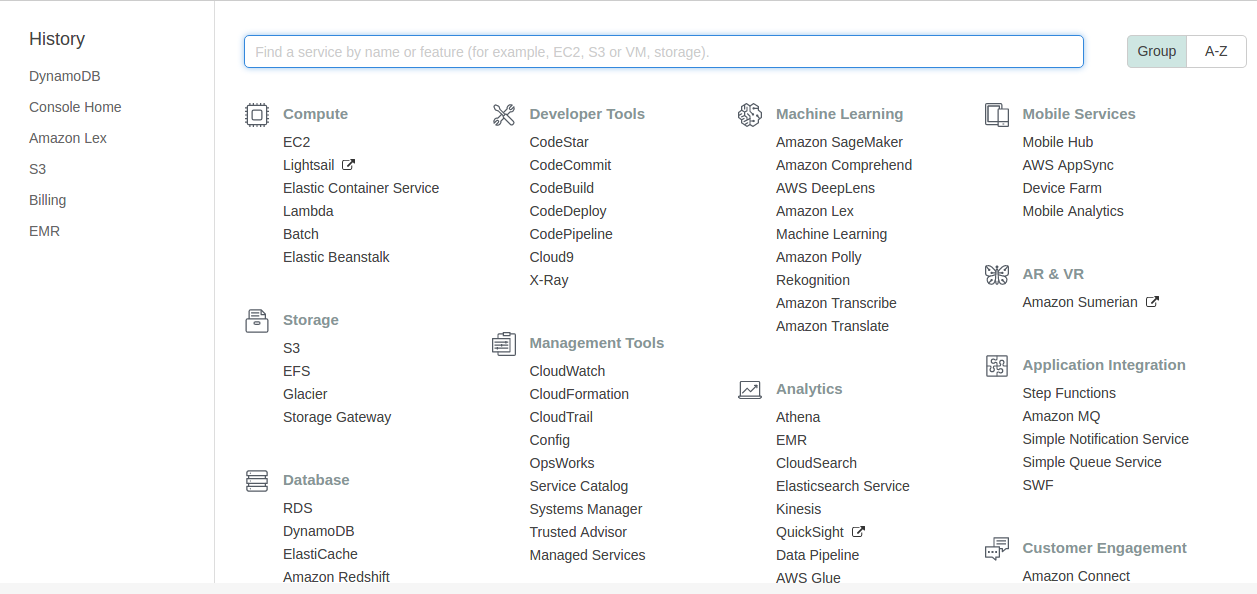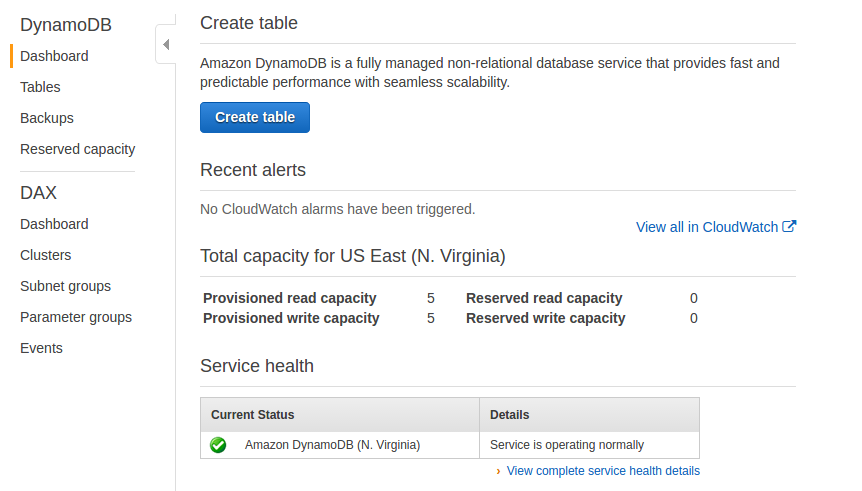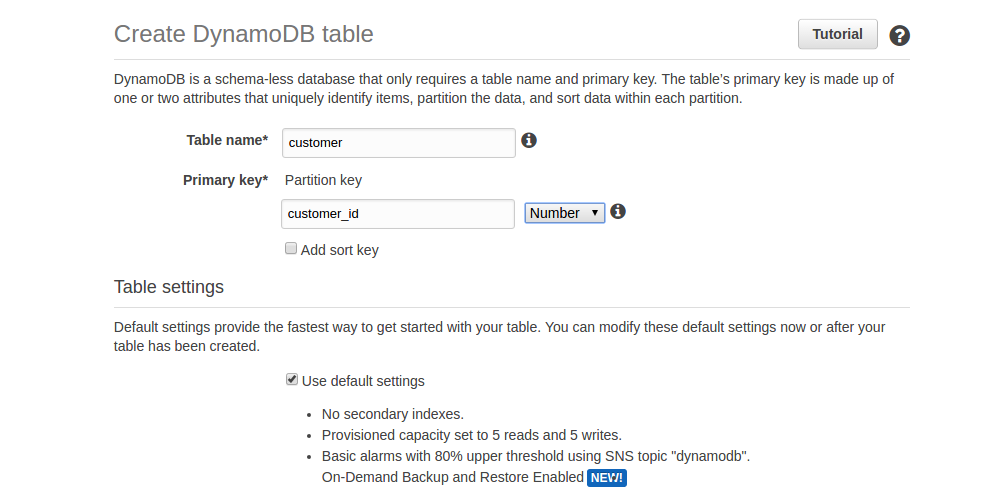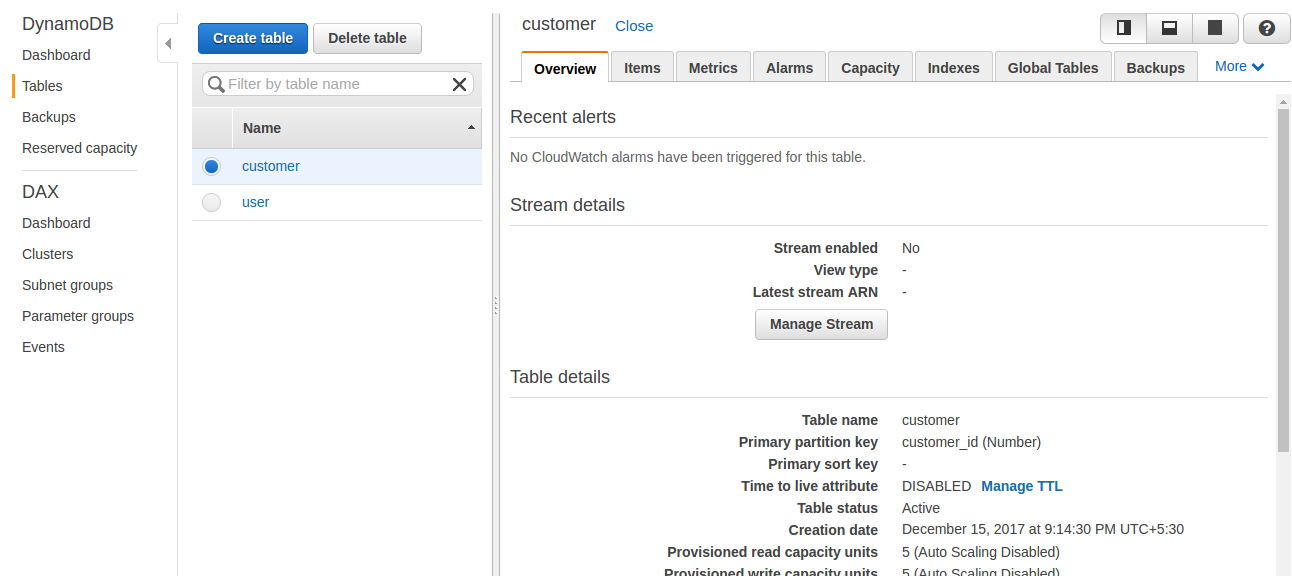DynamoDB is a managed NoSQL database service provided by Amazon. To use DynamoDB, you have to pay for throughput only—that is, read/write operations per second; you don't have to worry about storage, server, or other infrastructure-related issues. All infrastructure is managed by Amazon.
The following are some key features provided by DynamoDB:
- DynamoDB spreads data and request traffic to multiple servers to provide better throughput and storage.
- Data is stored on a solid state drive (SSD) and is replicated over multiple availability zones to provide high availability and fault tolerance.
- It provides data backup using S3 storage.
- It allows you to decide the expiry time of items by allowing you to set a time-to-live parameter. The item will be deleted after this time expires, which makes storage management more efficient.
- We only have to pay for throughput, which makes DynamoDB cost effective.
- It allows you to integrate with other Amazon services, such as the Identity and Access...











































































